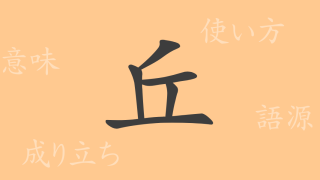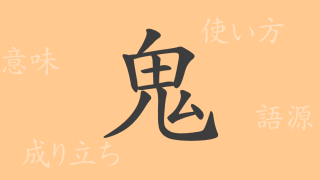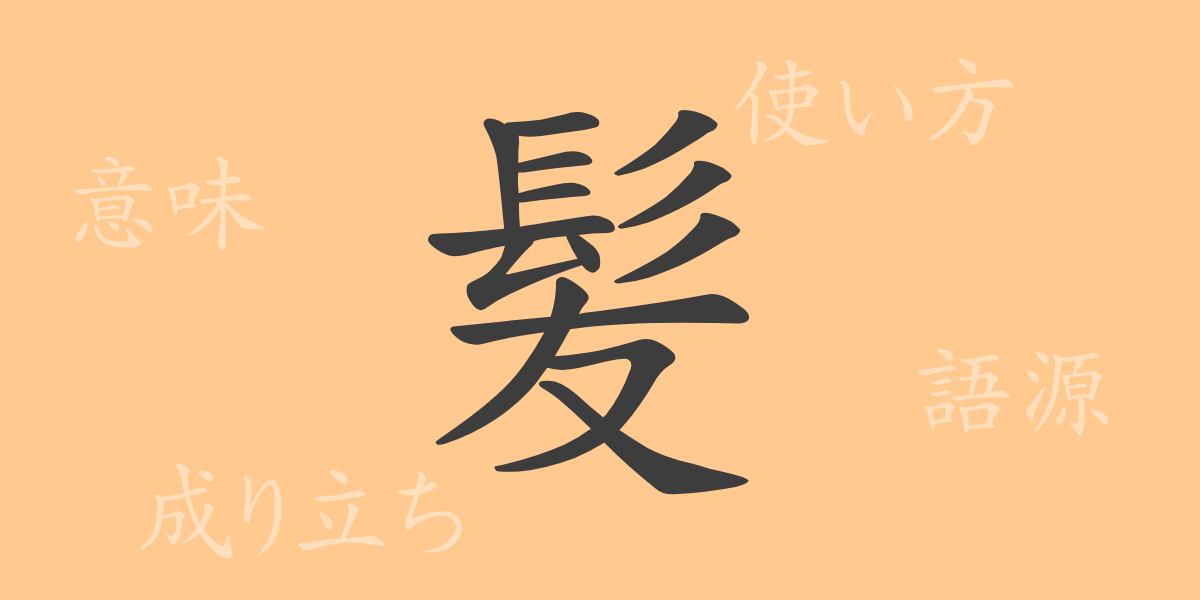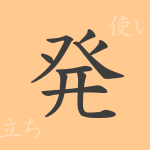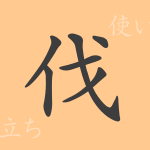The character for “hair” (髪) in Japanese not only significantly affects personal impressions but also holds various meanings across culture and history. This article focuses on the kanji “髪” (はつ, hair), exploring its origins, meanings, and usage, including related idioms and proverbs. Beautiful hair has long been an object of admiration, and its significance has remained consistent through the ages. Let’s delve into the profound world embodied in this single character.
Hair’s Origin (語源)
The kanji “髪” originates from ancient Chinese oracle bone script. Initially, there was the character “髟” which depicted long hair tied atop the head. Later, “髟” was combined with “友” to denote hair in general. In Japan, this kanji has been used from ancient times, symbolizing both physical appearance and spiritual aspects.
Meaning and Usage of Hair
The kanji “髪” refers to human head hair. Typically, it is not used alone but combined with other kanji in terms like “髪型” (hair style), “髪色” (hair color), and “白髪” (white hair). It is also used metaphorically to express mental states.
Reading, Stroke Count, and Radical of Hair
The kanji “髪” holds the following characteristics:
- Readings: On’yomi as “ハツ”, Kun’yomi as “かみ”
- Stroke count: 14
- Radical: 髟 (かみかざり, hair decoration)
Idioms, Phrases, and Proverbs Involving Hair
There are many idioms and proverbs involving “髪”. For example, “髪を振り乱す” (to be extremely agitated), “白髪三千丈” (a metaphor for deep worry), and “髪からつま先まで” (from head to toe). These phrases underline how hair can reflect human emotions and states.
Conclusion on Hair
Through this article, we hope you have gained insight into the rich history and meanings of the kanji “髪”. While hair is merely a physical characteristic, it expresses a multitude of emotions and cultural values. Even today, hair symbolizes beauty and health, and serves as a means of self-expression. Let us continue to explore the deep allure of hair-related words and expressions.














